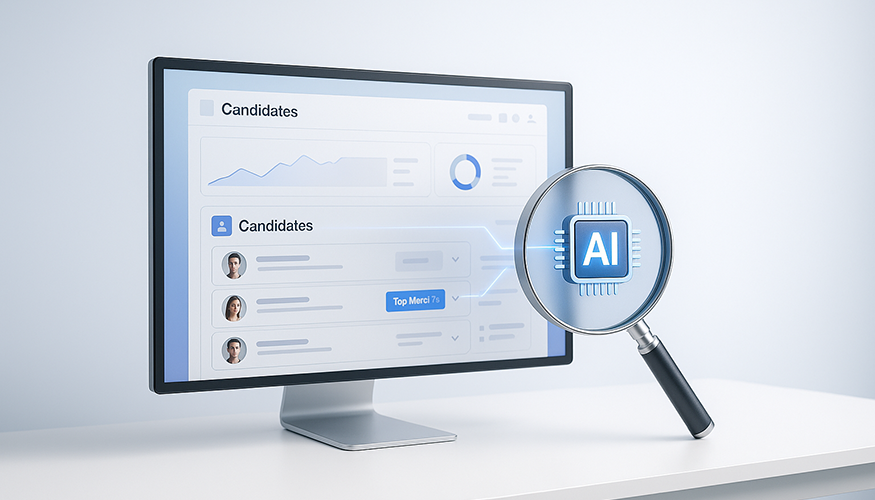Table of Contents
- Why This Matters Now
- What Is an AI Recruiting Agent, Exactly?
- How AI Agents Automate Recruitment Workflows
- Fit by Use Case
- Before vs. After: What Changes When Agents Run the Play
- The Tech Stack That Makes This Work
- Implementation blueprint (30 days)
- Governance: Control, Compliance, and Brand Voice
- FAQ
- The Future Arrives Quietly — and Then All at Once
- Request a Free Live Demo↗
Try Whippy for Your Team
Experience how fast, automated communication drives growth.
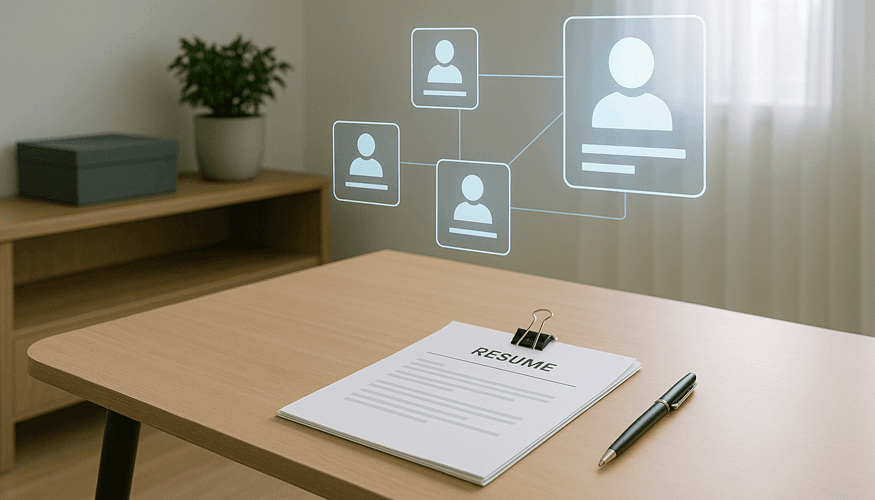
AI recruiting agents↗ are autonomous, agentic AI systems that execute multi-step recruiting and hiring tasks — sourcing, outreach, screening, interview scheduling automation, and ATS integration write-back — so teams achieve 24/7 recruiting, faster speed-to-lead, and reliable high-volume hiring outcomes.
Why This Matters Now
Hiring at scale isn’t just about filling roles — it’s a complex system problem. When hundreds or thousands of candidates apply across shifts, locations, and job types, even the best HR team struggles to keep up. Missed callbacks, inconsistent follow-ups, and unstructured data cause friction that slows everything down. According to recent recruiting operations data, over 60% of staffing firms cite candidate drop-off as their top challenge in high-volume hiring. Manual processes make it difficult to respond within minutes — a critical window for engagement — leading to lost placements and lower recruiter productivity.
That’s where AI agents in recruiting come in. Instead of patching inefficiencies with more people or disconnected tools, AI-powered recruiting systems handle the orchestration — not just the messaging. In many ways, AI is the future of recruitment, bringing structure, consistency, and data-backed decision-making to processes that were once purely manual.
As AI agents in talent acquisition, they operationalize these improvements across sourcing, screening, and scheduling. These AI recruiting agents run the AI recruiter workflow from end to end: engaging candidates instantly, qualifying them in seconds, and feeding structured insights back into your ATS.
The result is a model that scales intelligently. You get faster hiring, reduced time to hire, and a smoother process that increases both recruiter and candidate satisfaction. Recruiters can focus on relationships while automation handles the rest — reducing bias, improving consistency, and helping your team make better, data-driven insights about what’s working.
TL;DR Outcomes
Speed-to-lead in minutes instead of hours
Higher candidate engagement with always-on, multilingual recruiting
Measurable recruiting ROI (lower cost-per-hire, higher show-up rates)
Consistent execution across branches and shifts — ideal for bulk hiring, mass recruitment, and franchise operations
More equitable, data-driven, and compliant processes that build trust with candidates and clients
What Is an AI Recruiting Agent, Exactly?
An AI recruitment agent — also known as an AI recruiter agent or AI agent for recruiting staffing firms — is part of a broader class of enterprise AI agents, built for high-volume, repeatable hiring workflows that demand reliability, compliance, and scalability across multiple branches or markets. Rather than simply automating messages or reminders, it executes entire segments of the recruiting process with precision, speed, and accountability.
Here’s what a typical agent does:
- Ingests job data from your applicant tracking system (ATS) integration — pulling fields like title, pay, shift, location, required certifications, and compliance rules.
- Triggers outreach instantly via SMS, voice, or email to accelerate AI in hiring — every applicant receives timely contact, reducing candidate drop-off.
- Runs structured dialogues to assess interest, availability, and basic qualifications — asking job-specific questions, clarifying responses, and adapting flow dynamically.
- Performs resume screening automation — parsing keywords, experience levels, certifications, tenure, and embedding this into refined AI models tuned to your best-performing hires.
- Scores candidates and writes back results into your ATS — adding tags, notes, next-step flags, scheduled interviews, and hot-lists for recruiter review.
Unlike traditional chatbots, AI recruiting agents act independently and with more intelligence. They follow defined rules, verify outcomes, adapt to feedback, and learn over time. For example, if a candidate indicates weekend availability is essential, the agent routes accordingly and optimizes future questions.
As part of the future of talent acquisition, these agents are redefining how teams attract, screen, and engage candidates at every stage. Recruiters no longer chase administrative tasks. Instead, they focus on evaluating candidates, managing offers, refining sourcing strategy, and delivering a seamless human experience powered by automation and data-driven insights.
By embedding into your recruitment ecosystem, an AI recruiting agent becomes a dependable partner: one that operates 24/7, scales without fatigue, and preserves data-rich pipelines that feed your reporting, compliance audits, and talent-pool strategies.
How AI Agents Automate Recruitment Workflows
How AI agents automate recruitment workflows is best understood as a continuous cycle — where every step feeds the next to sustain high-volume recruitment without chaos or burnout. In practice, this is structured recruiting process automation that standardizes outreach, screening, scheduling, and ATS write-back.
Candidate sourcing automation
AI scans inbound flows, job boards, and databases, flagging top matches using AI models trained on your historical hires.
24/7 recruiting outreach
Agents reach out instantly, in multiple languages, maintaining constant availability for candidates in different time zones.
Screening
Through structured prompts, they collect answers to job-specific questions, automatically evaluating candidates and filtering out unqualified ones.
Interview scheduling automation
Agents sync with recruiters’ calendars, manage reschedules, and confirm attendance — reducing no-shows.
Follow-up cadences
Automated reminders nurture candidate engagement post-application. Modern AI recruiting agents don’t just automate outreach — they personalize it. Using historical performance data, AI can tailor messages to candidate profiles and communication preferences, improving reply rates by up to 30%. This data-driven personalization allows recruiters and hiring managers to spend more time building relationships instead of chasing responses.
ATS integration
All data — from messages to scores — is logged for accurate reporting, compliance tracking, and recruiting workflow automation. Seamless connectivity with your ATS and recruiting systems ensures that every platform — from sourcing tools to communication channels — stays in sync without manual work or data loss.
Check all supported integrations here↗ to see how Whippy connects with your favorite ATS and HR software.
By combining AI for recruiters with well-defined processes, you get consistent, scalable AI in high-volume hiring. This ensures every candidate gets attention, every recruiter gets context, and every client gets results — all while maintaining speed, accuracy, and fairness.
Fit by Use Case
AI Recruitment Agent for Industrial Staffing
Industrial and logistics environments face extreme surges in applicants and irregular shifts. As detailed in our AI Recruiting Software for Industrial Staffing↗ guide, AI recruiting agents streamline sourcing, screening, and scheduling to handle high applicant flow, shift coordination, and multilingual recruiting demands. They reach candidates 24/7, qualify them fast, and log outcomes directly into your ATS — eliminating downtime between shifts and boosting fill rates.
AI Recruiting Agent for Franchise Staffing
For franchise operators juggling multiple locations, consistency is key. As outlined in our AI Recruiting Tools for Franchise Staffing↗ article, AI recruiting agents standardize scripts, compliance steps, and engagement messages across all branches. This ensures uniform candidate experiences and reduces dependency on local recruiter availability — achieving a unified AI recruiting workflow that strengthens brand and service quality.
AI Recruiting Agent for High-Volume Hiring (Retail, Hospitality, Healthcare)
Seasonal hiring surges can overwhelm even experienced recruiters. As explained in our Recruiting Process Automation for High-Volume Hiring↗ guide, AI recruiting agents manage hiring at scale by keeping pipelines full and conversations active. They automate screening, scheduling, and re-engagement — allowing recruiters to focus on relationship-building instead of repetitive admin tasks.
Voice AI Agent for Candidate Engagement
Sometimes candidates don’t read emails — but they’ll answer a call or SMS. A Voice AI agent↗ for candidate engagement uses conversational AI and voice automation to confirm interest, share interview details, and nurture leads that might otherwise go silent — creating a more natural, human-like interaction that keeps candidates engaged. You can even experience how Whippy’s Voice AI works firsthand — test live calls, listen to demo conversations, and see how it improves reach and retention throughout the funnel.
Before vs. After: What Changes When Agents Run the Play
Before
- Manual dialing, inconsistent follow-ups, and reactive recruiting
- Recruiters switching between platforms and spreadsheets
- Missed after-hours leads turning into lost revenue
After
- Always-on AI recruiting automation for staffing agencies
- Structured, searchable data within the ATS
- Recruiters free to focus on high-value conversations, client relationships, and strategy
The shift is tangible: teams see reduced time to hire, more predictable outcomes, and higher productivity. The recruiting process becomes data driven, measurable, and continuously improving — powered by intelligent automation rather than endless human effort.
The Tech Stack That Makes This Work
Behind every efficient AI recruitment agent is a carefully orchestrated technology stack built to serve recruiting and hiring teams at scale:
Agentic AI orchestration with guardrails that define role, tone, and compliance boundaries.
Unlike simple workflow automation, agentic AI systems continuously learn from recruiter interactions and outcome data. They autonomously decide when to escalate to a human recruiter, when to follow up, and when to switch outreach channels — making every action context-aware and self-optimizing over time.
Channel adapters (voice, SMS, and email) maximize candidate engagement and ensure every touchpoint is timely and relevant.
First-party connectors enable seamless ATS integration, importing job data and writing back transcripts, scores, and statuses without manual effort.
Built-in recruiting automation tools — including workflows, routing, and SLA tracking — ensure every step stays compliant and measurable.
Analytics dashboards provide data-driven insights like time-to-first-touch, screening yield, show-up rate, and retention trends.
AI-powered recruiting modules help recruiters prioritize the most qualified candidates through intelligent scoring and predictive analytics.
Together, these technologies transform reactive hiring into an orchestrated, predictable system. Whippy’s AI recruiting platform lets you monitor performance metrics, automate outreach, and measure success from day one — helping teams achieve faster ROI and stronger recruiting outcomes.
Ready to launch AI recruiting agents for your organization?
See how Whippy’s platform connects agent workflows with real-time analytics to deliver measurable recruiting results. Request a Free Live Demo↗
Implementation blueprint (30 days)
Launching AI recruiting agents doesn’t have to be a long or complex process. In just four weeks, recruitment teams can move from concept to measurable results with a clear, scalable rollout plan. Here’s how most organizations successfully implement AI recruiting automation for high-volume hiring.
Week 1 – Define Goals and Guardrails
Start by identifying one or two open roles that involve repetitive tasks or large applicant volumes — ideal for AI-driven automation. Clarify what a “qualified candidate” looks like for these positions, including required skills, certifications, and availability.
Next, define clear evaluation rules and screening questions your AI recruiter software will use to assess candidates consistently and fairly. These guardrails ensure that automation enhances, rather than replaces, human judgment — reducing bias while maintaining compliance and transparency.
By the end of this stage, your hiring teams and human resources department should have a shared understanding of how automation supports their workflow and where recruiters add the most value.
Week 2 – Integrate and Test
Once roles and criteria are defined, connect the AI recruiter workflow to your existing applicant tracking system (ATS). This integration gives your recruitment teams real-time visibility into job postings, candidate status, and engagement metrics across the entire talent pipeline.
Run controlled tests to ensure messaging and tone align with your employer brand. This includes verifying that recruitment marketing AI tools are delivering personalized outreach that reflects your company’s culture while staying compliant with your data policies.
By the end of this week, your team should feel confident that the system mirrors your brand voice, protects candidate data, and streamlines communication across all hiring touchpoints.
Week 3 – Pilot and Measure
Go live with a limited pilot — often after business hours — to experience the benefits of 24/7 recruiting in action. Observe how quickly the AI recruiting agent reaches new applicants, schedules interviews, and maintains communication with qualified candidates.
Track essential metrics like recruiter productivity, response times, and interview attendance. Early pilots often reveal noticeable improvements in speed-to-lead and candidate engagement. The goal here isn’t perfection, but insight — understanding how automation can amplify your recruiting process before scaling further.
Week 4 – Scale and Optimize
With successful pilot data in hand, it’s time to expand. Roll out the program across additional roles, departments, and regions. Introduce multiple languages or time zones to achieve true 24/7 recruiting coverage.
At this stage, your AI recruiting agent software becomes a dependable part of your hiring ecosystem — managing outreach, screening, and scheduling autonomously. The best AI recruiting agent software not only scales across departments and time zones but also aligns seamlessly with your ATS, empowering recruiters to focus on strategic activities like negotiation, retention, and client relationships.
Your talent pipeline now operates predictably and transparently. Continuous feedback loops between recruiters and the AI system create an ongoing cycle of improvement — delivering faster, smarter, and more consistent hiring outcomes at scale.
Governance: Control, Compliance, and Brand Voice
Governance ensures that AI-powered recruiting operates safely, ethically, and in line with your company’s values. It’s how organizations turn innovation into reliability — balancing automation with accountability.
Prompt controls
Each agent follows job-specific scripts crafted by recruitment teams and reviewed by compliance. Disallowed topics, tone rules, and escalation triggers are predefined to guarantee professional, consistent interactions.
Data controls
The system automatically redacts sensitive personal data, logs every transaction, and minimizes data retention. These safeguards align with global data standards and your internal HR policies. Governance also includes ethical oversight. Transparent audit logs, bias detection, and continuous model evaluation ensure AI decisions remain explainable and equitable. For recruitment teams, this builds confidence that automation enhances fairness rather than replacing human empathy or judgment.
Consistency
Centralized templates ensure brand and message uniformity across all branches or franchises. Whether a candidate applies in Texas or Toronto, they experience the same tone, professionalism, and clarity.
Human-in-the-loop
When exceptions arise, agents escalate instantly to live recruiters. This maintains human oversight, ensures empathy when needed, and supports building trust with candidates.
This is where the future of AI recruiting agents in staffing becomes tangible — a blend of automation and human expertise that compliance teams can confidently endorse and leadership can scale.
FAQ
Q: Are AI recruiting agents replacing recruiters?
A: No. Agents handle repetitive, time-consuming tasks at scale. Human recruiters remain essential for relationship-building, cultural alignment, and closing — areas where empathy and context drive outcomes. Automation amplifies, not replaces, human capability.
Q: Do I need a specific ATS for agents to work?
A: No. Agents integrate with any modern applicant tracking system through standardized ATS integration patterns. They can push and pull candidate data seamlessly, keeping pipelines updated and reports accurate.
Q: What roles benefit most?
A: High-volume, shift-based, or repetitive roles — like manufacturing, retail, or logistics — benefit most. These use cases lend themselves to structured screening and bulk recruitment, where automation makes the biggest impact.
Q: How fast can we see results?
A: Most teams notice improved speed-to-lead, better candidate engagement, and shorter time-to-hire within the first 2–4 weeks of deployment.
The Future Arrives Quietly — and Then All at Once
AI recruiting agents aren’t a futuristic idea; they’re today’s competitive edge in recruiting and hiring. Built on intelligent AI and reinforced by human oversight, these systems deliver the precision and scalability that recruitment teams have always needed.
They enhance decision-making, empower recruiters to spend more time connecting with candidates, and help human resources departments stay proactive instead of reactive. For companies seeking to expand their talent pipeline, improve candidate experience, and embrace ethical automation, the path forward is clear.
Teams implementing AI recruiting agents often report a 50–70% improvement in response speed, higher candidate show-up rates, and reduced recruiter workload by up to 40%. With measurable ROI visible within the first month, the business case for automation becomes undeniable.
If you’re ready to modernize your recruiting system with confidence — and see measurable impact fast:
Request a Free Live Demo↗
Table of Contents
Table of Contents
- Why This Matters Now
- What Is an AI Recruiting Agent, Exactly?
- How AI Agents Automate Recruitment Workflows
- Fit by Use Case
- Before vs. After: What Changes When Agents Run the Play
- The Tech Stack That Makes This Work
- Implementation blueprint (30 days)
- Governance: Control, Compliance, and Brand Voice
- FAQ
- The Future Arrives Quietly — and Then All at Once
- Request a Free Live Demo↗
Try Whippy for Your Team
Experience how fast, automated communication drives growth.
Related Articles

Best AI Therapist Answering Service
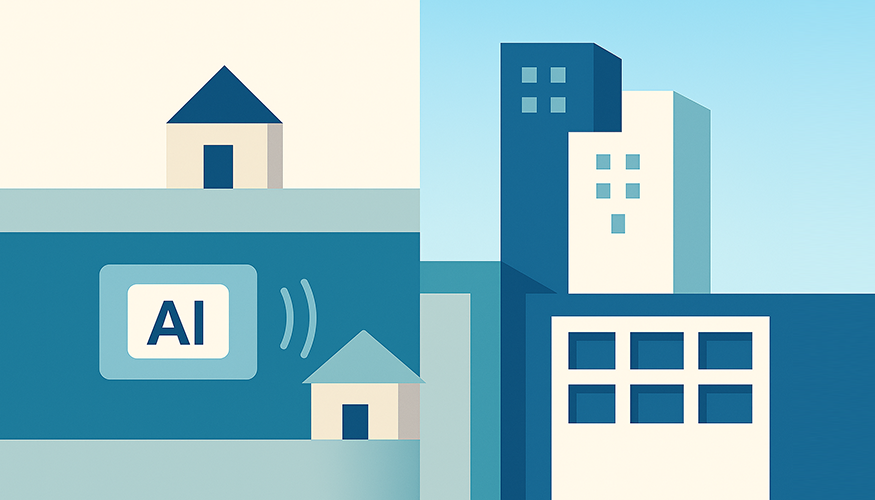
Answering Service for Real Estate Investors – AI 24/7
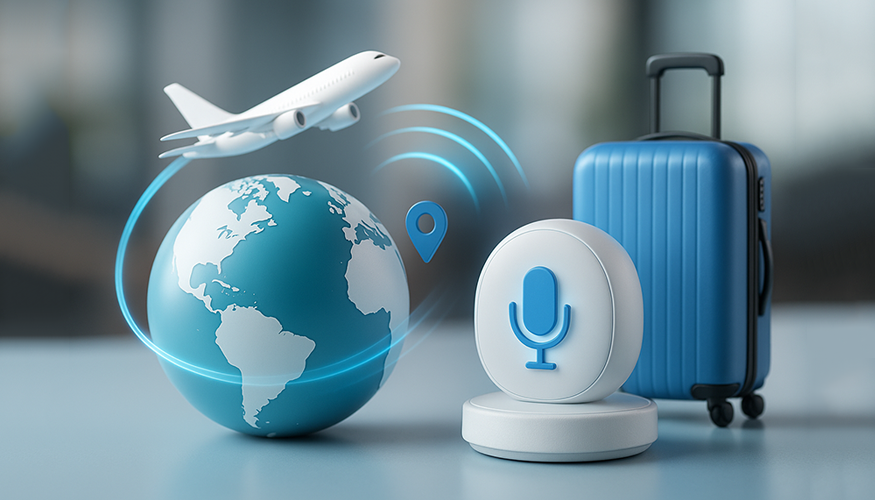
AI Voice Agent for Travel Agencies
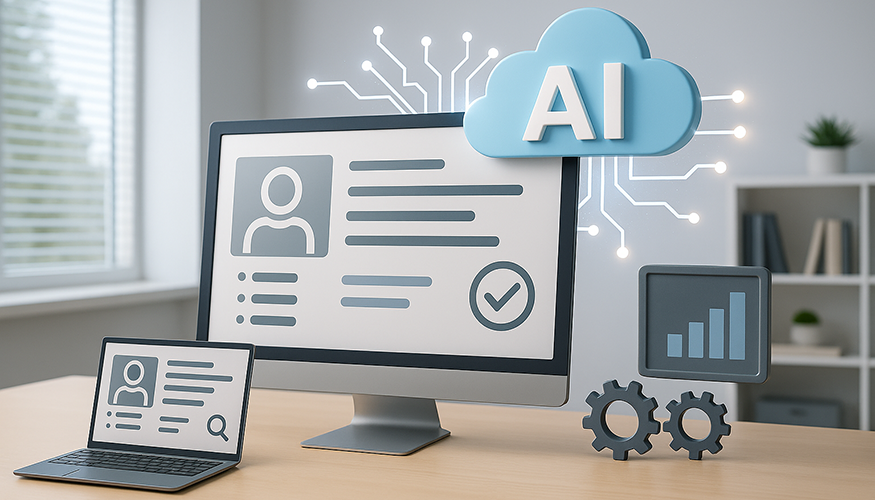
AI Agent for Recruiting: Hire Faster
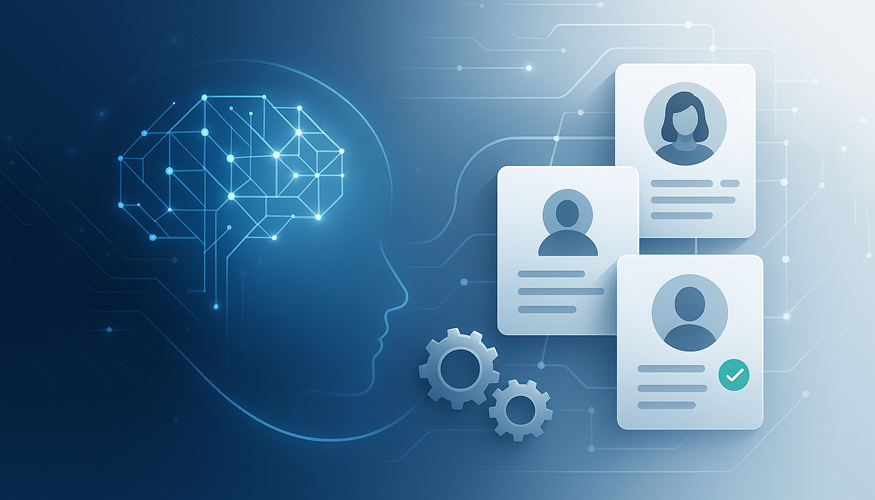
Enterprise Staffing Solutions with AI Automation
